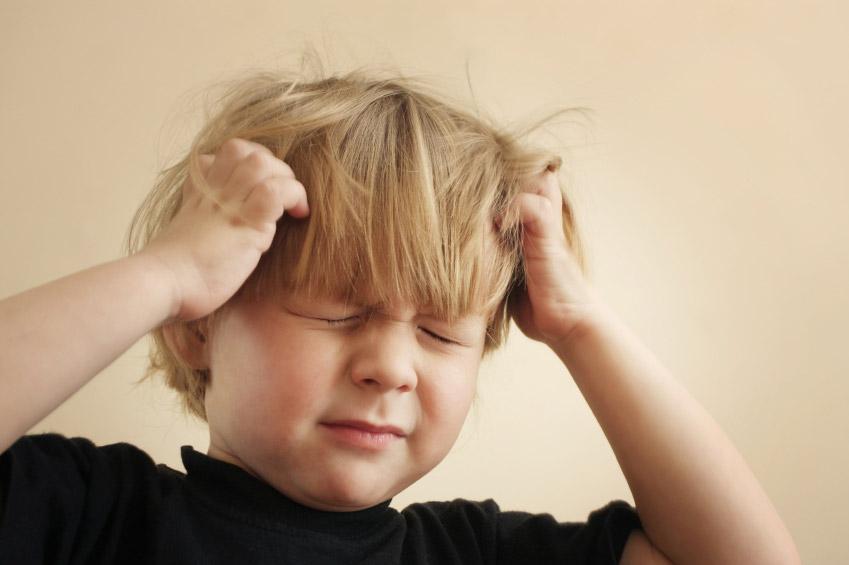
Head Lice
Preventing and Treating Infestations
The Tulsa Health Department does not perform head lice checks or provide letters of release for children hoping to return to school after an infestation. We can, however, provide information that can help avoid or deal with a head lice infestation. It is important to remember that anyone can become infested with head lice. Therefore, check often for head lice, and learn how to protect yourself and others.
What Are Head Lice?
Head lice are tiny parasitic insects that live on the human scalp and feed on blood. They are brownish to grayish-white with six legs and are about the size of a sesame seed. Their nits, or eggs, are extremely small, oval shaped and cream colored. They can be found glued to hair shafts approximately 1/4 of an inch from the scalp, most commonly near the neckline and behind the ears.
Check Often for Early Detection
The most common symptom of head lice is an itching or tickling scalp. However, some children do not experience itching associated with head lice. Therefore, it is best to check heads once a week for early detection and to minimize infestation. For best results, divide hair in one-inch sections with a comb under bright light.
How Head Lice Are Spread
Head lice cannot fly or jump, but they can quickly crawl. They spread from head-to-head contact with an infested person or by sharing personal items (such as a brush, towel, pillow, or jacket) recently used by an infested person. Head lice do not live on pets.
Treating for Head Lice
Head lice treatment often requires using an over-the-counter or prescription medication. Be sure to consult your health care provider and follow all directions carefully. Combing hair with a special, close-toothed comb, available at pharmacies, helps remove remaining nits.
For children less than two years old, lice and nits should be removed manually. If this is not successful, ask your child’s health care provider for treatment options.
Head lice that have moved off a human head can survive for a week without feeding. Therefore, in addition to treating the infested person, you must also treat the home. Vacuum floors and furniture carefully. Wash and dry clothes and bedding at a hot temperature. Wash combs and brushes. Items that cannot be washed, such as stuffed animals, should be put in tightly sealed plastic bags for at least two weeks.
Resources
